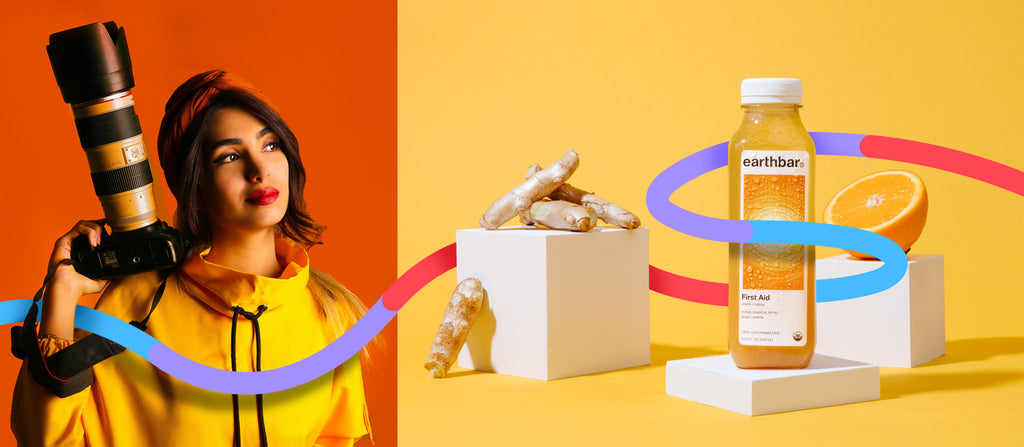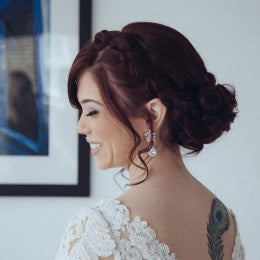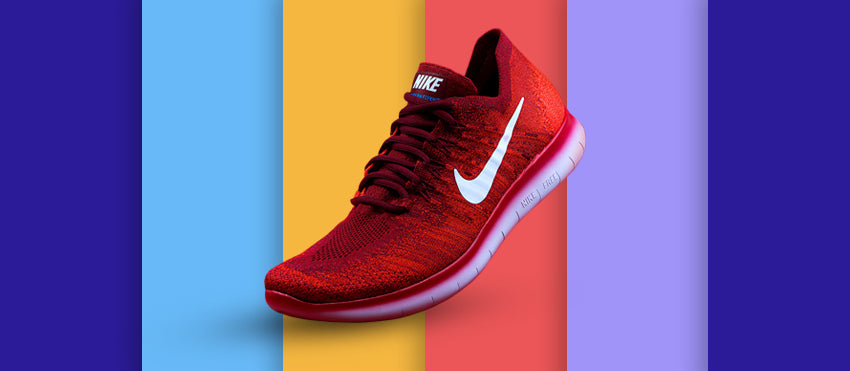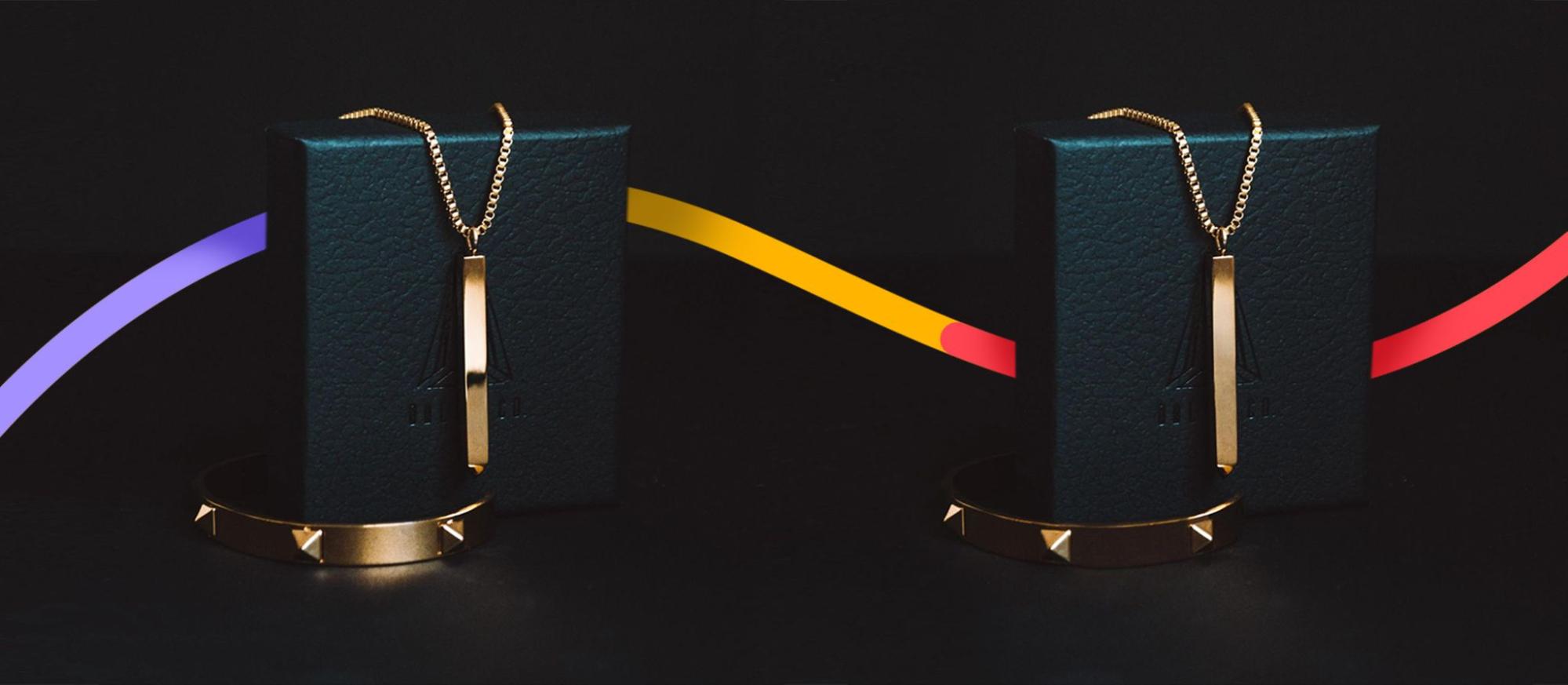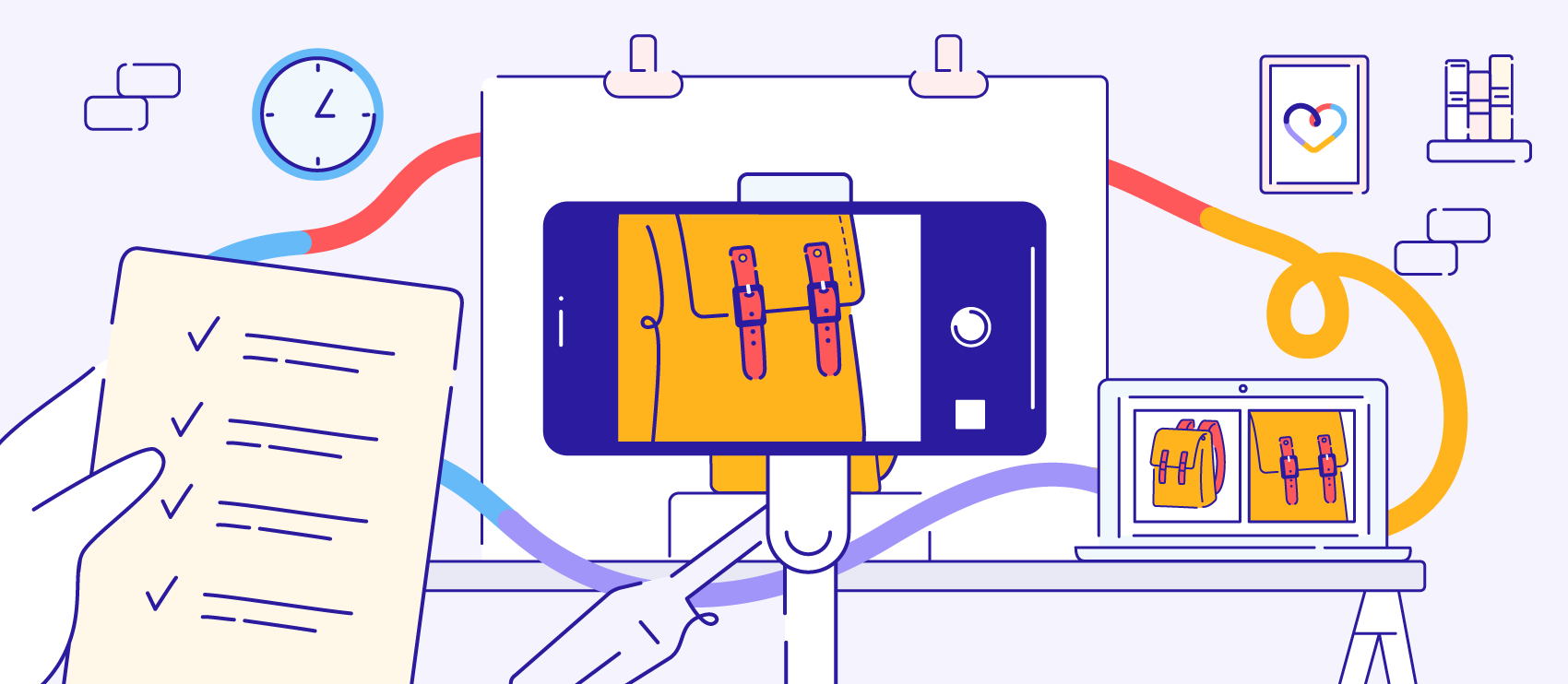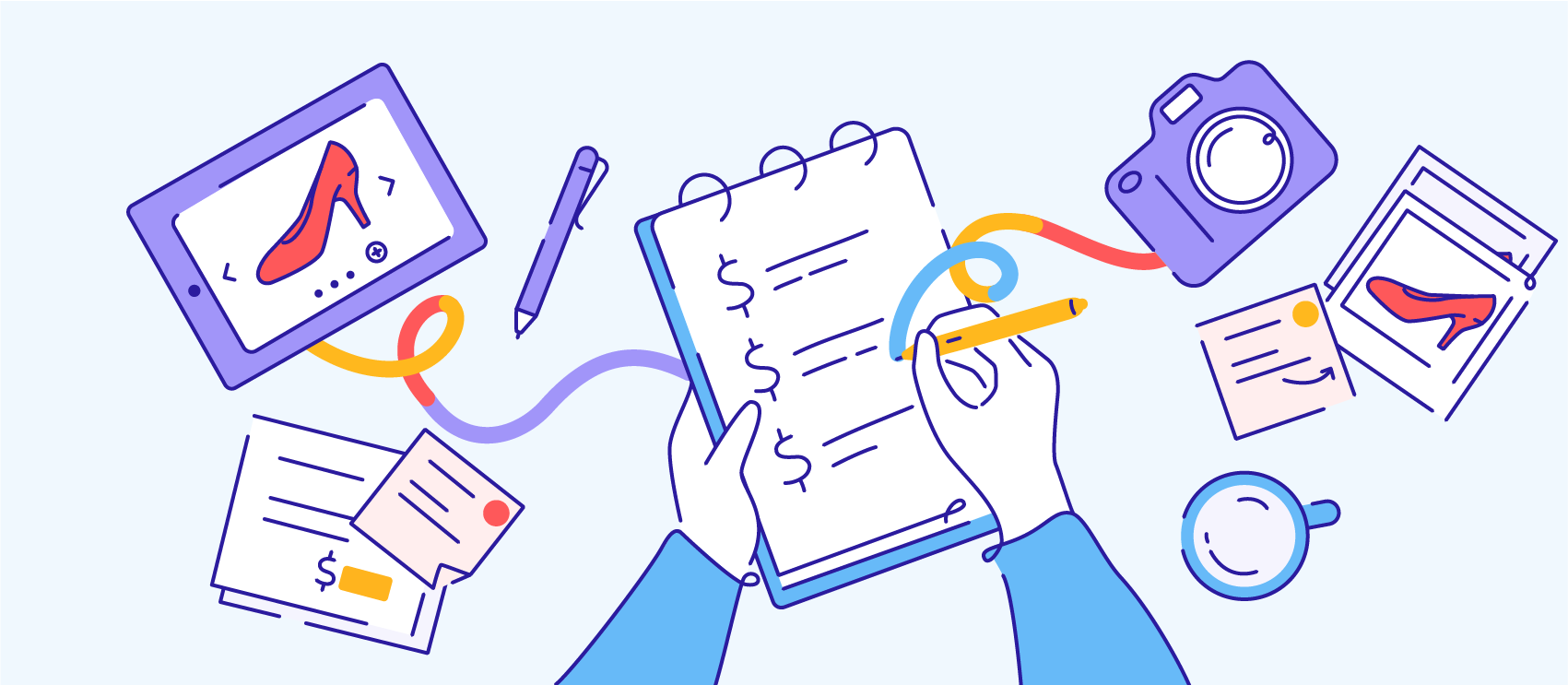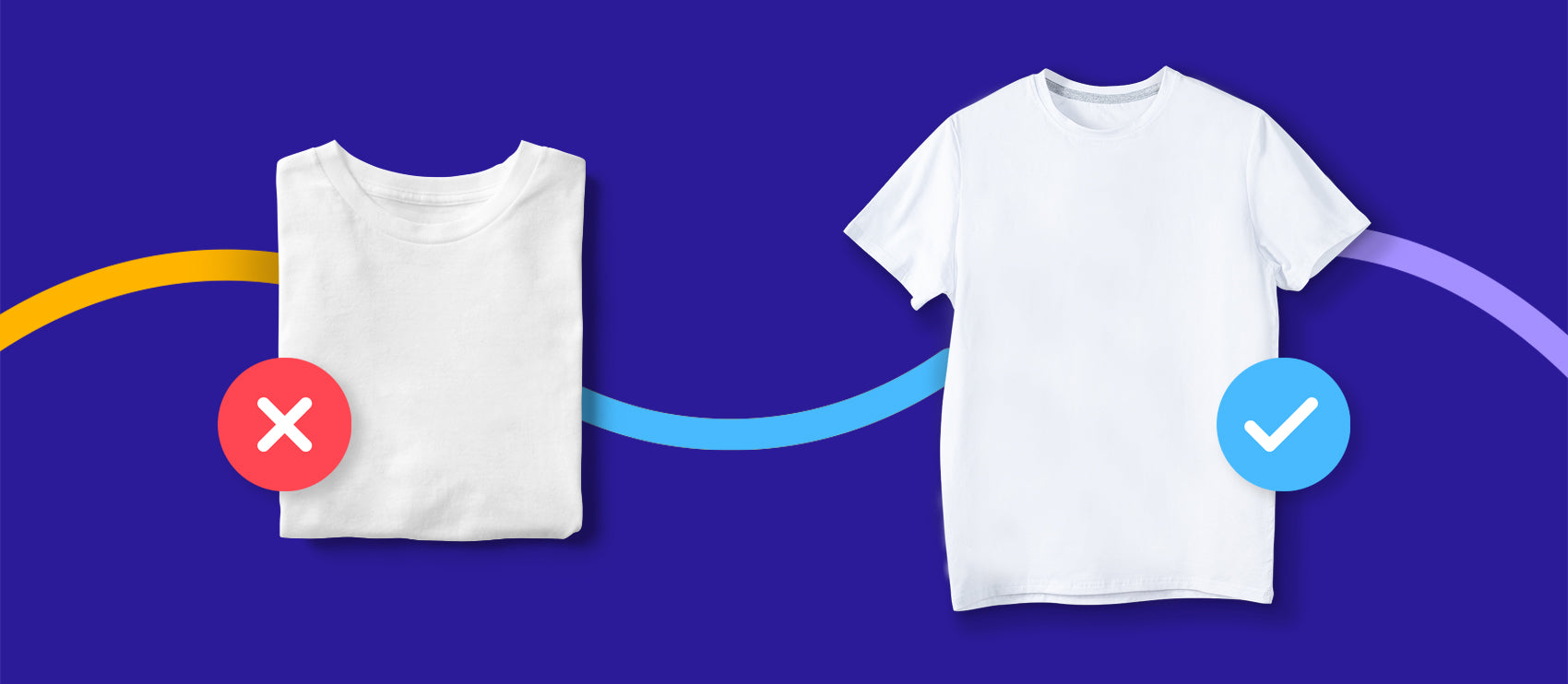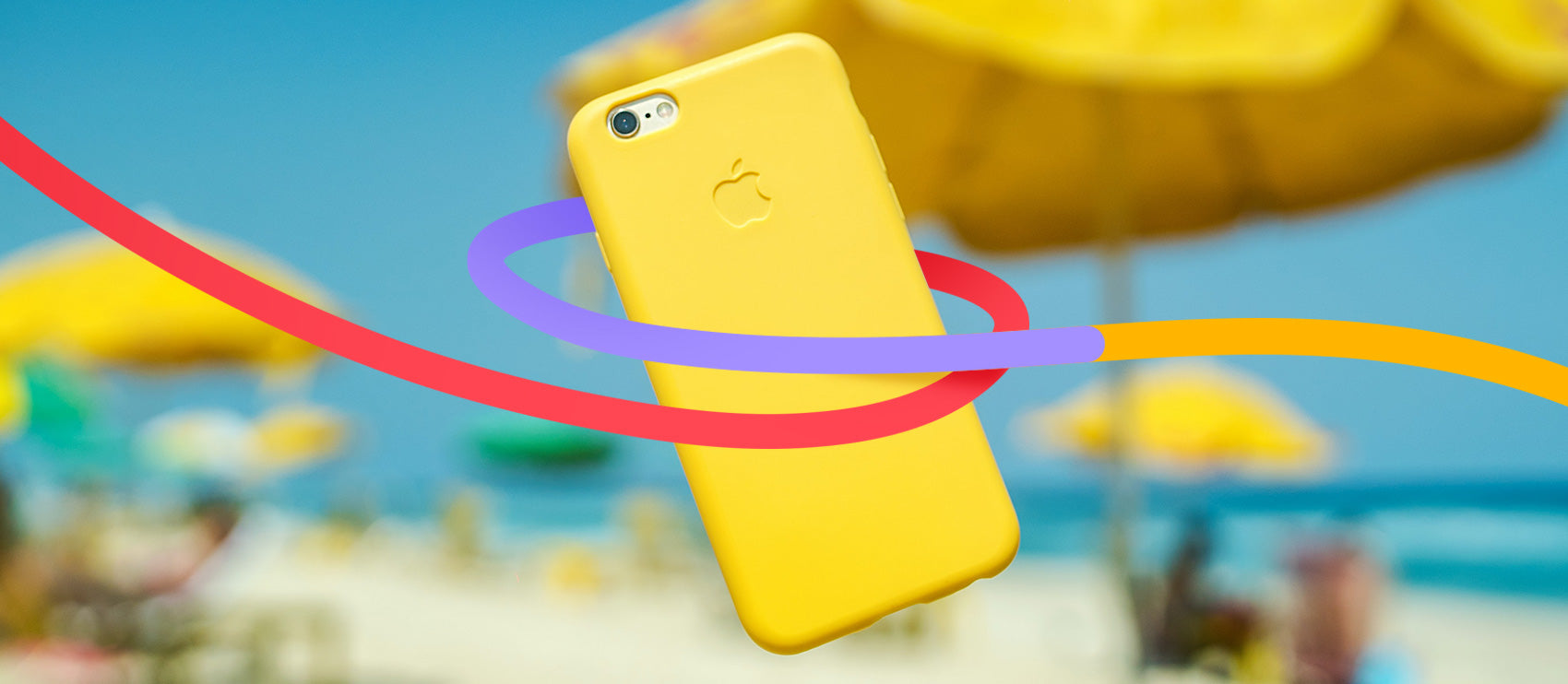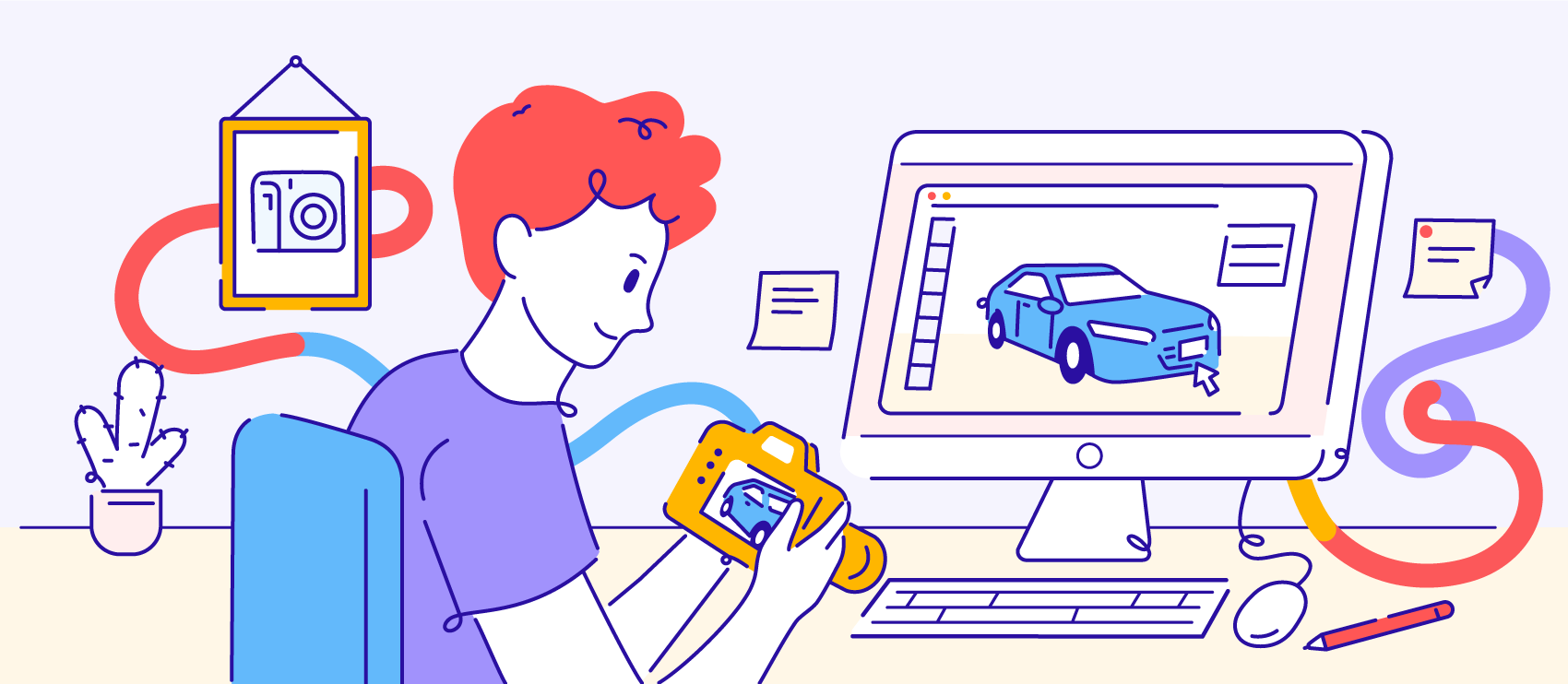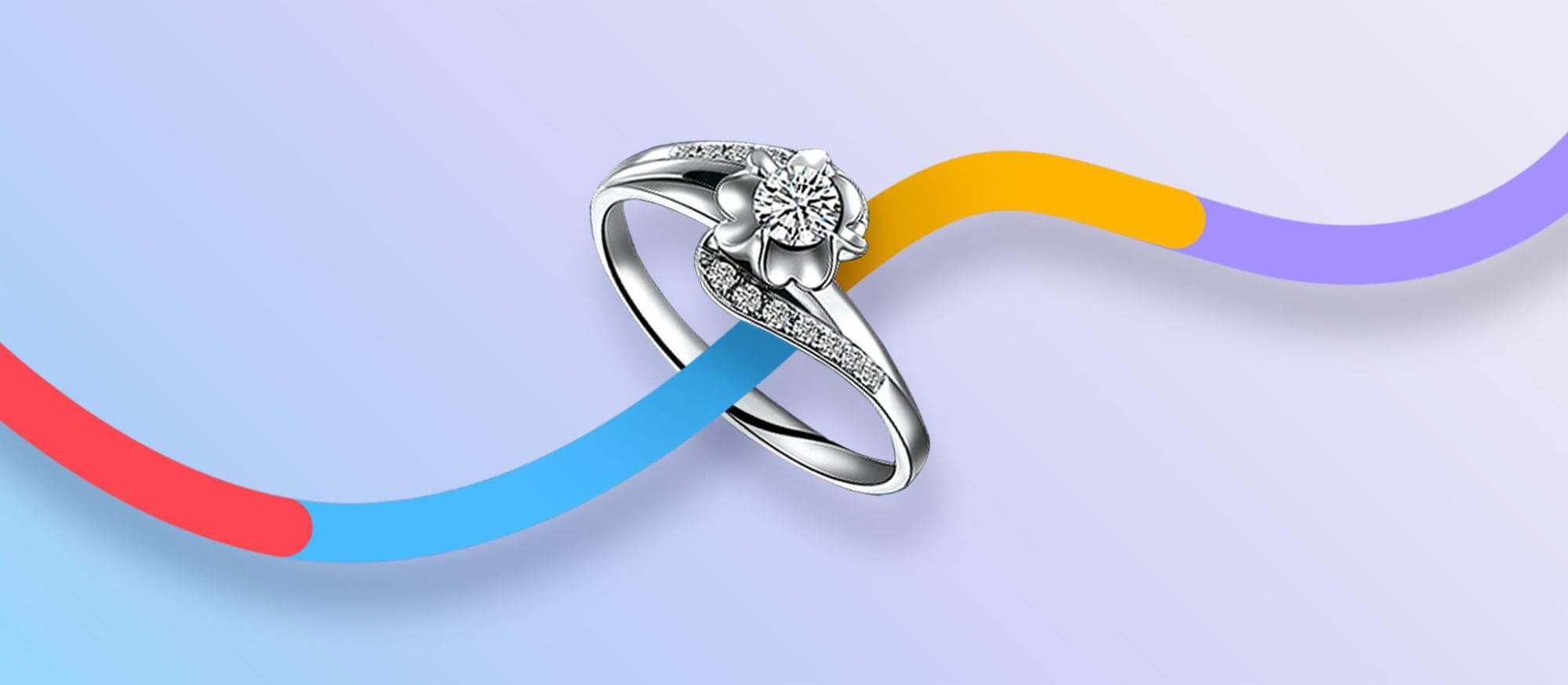When it comes to selling products online, one of the investments that offers the best return on investment is high-quality photos.
When consumers browse your online store, the only way they can experience products is through images and descriptive copy. As such, your product photos are a powerful way for customers to experience your wares.
After all, people retain 80% of what they see while only remembering 20% of what they read. If the photos on your ecommerce site aren’t up to par, you’re likely missing out on sales.
But if the power to invest in high-quality product photography isn’t in your hands, you may need to make the case to your boss or superiors. Don’t worry—we’ve done the legwork for you. Just share these insights to make a compelling argument to your boss.
The benefits of product photography
There are a dozen reasons your product photography matters. But ultimately, the pros of high-quality product photos boil down to a few basic benefits.
Reduced returns
Accurate product photos are critical to reducing returns rates. You want to ensure photos depict how the items will appear in real life. This includes size, material, color, and more. Product photos with improper coloring, for example, can lead to increased returns. As many as 66% of online shoppers say color rendering in photos is important to them when browsing pants online.
Returns are costly for online businesses. The industry average hovers around 16%, and businesses lose about $165 million for every $1 billion in sales.
Lower bounce rates
According to one survey, the product photo is often the first or second thing online shoppers look at—along with the price. The last thing you want someone to do when they hit your product page is bounce. Poor quality photos will surely lead to high bounce rates because of a bad first impression.
Improved shopping experience
Online shoppers only have product images and a brief description to convince them to make a purchase. So, it’s no surprise that consumers have strong opinions about good product photos. In fact, 57% of shoppers say the number of product photos impacts their purchase decision when shopping for pants.
Quality also matters. According to Etsy, image quality is actually the most important consideration—90% of shoppers say it’s “extremely important” or “very important” when they make a purchase decision.

Therefore, it stands to reason that customers want clear, concise copy paired with high-quality product photos.
Clarified value proposition
Customers can’t touch or try out your product when they’re browsing your ecommerce store. They have to immediately understand the value proposition of the product and why they should purchase it.
One way to build that kind of trust with customers is to provide crisp, clear product photos. High-quality images allow shoppers to see a product's details, check out a product from multiple angles, and get a deeper sense that they understand exactly what they’re purchasing.
Images illustrate what your brand and products are about—which is precisely why you should ensure every photo is a solid representation of the brand. They help people understand what the brand is about. Telling someone your business cares about the community is one thing, showing them photos of you actually helping the community is much more powerful.
Poor quality images not only can leave potential sales on the table, but they can also degrade trust between the brand and customers. Blurry images prevent them from examining a product’s details and bad lighting means the product’s actual color or dimensions may be different from how it appears in photos. That can mean more returns or exchanges and a loss of customer loyalty.
Competitive advantage
Many small business owners struggle to get quality product photos. In fact, as many as 40% of new shop owners on Etsy list this as a “very difficult” or “somewhat difficult” challenge. And many online retailers are failing to meet consumers’ needs. Consider these insights from one study of people shopping online for pants:
- 67% want to see the front of pants and 66% want to see the back—so most shoppers want to see both the front view and the back view. While nearly 99% of stores show the front view, only 83% show the back.
- Approximately half of shoppers want to see detailed photos of the side seams of pants, and about 78% of stores do this. Just under 60% want to see photos of the “side faces”—which 71% of stores offer.
- 51% want to see detailed shots of the zippers on pants, while only 1.3% of stores have them.
- 42% want to see detailed shots of the rivet, 29% of the inside of the pants, and 25% of the inside of the pants pockets. The study didn’t find any merchants providing these types of photos.
Online stores selling pants show an average of 4.11 photos for each product. But it’s clear shoppers want more. If you can provide more than your competitors, you’re more likely to win the sale.
More shareability
Want your product to go viral? That's less likely to happen with dark, blurry photos. Consumers are 40x more likely to share content that features an image across their social channels.
For example, research showed that Facebook posts with photos saw the most engagement over any other type of post — they accounted for 87% of total interactions. Another study showed tweets with images receive 18% more clicks, 89% more favorites, and 150% more retweets than tweets without images.
One solid example of this is Oreo, which created a 100-day, image-driven campaign to celebrate the cookie's 100th anniversary. The results speak for themselves: In just 100 days, the brand gained more than a million Facebook fans and boosted interactions by 195%.

Image: Storybox
3 arguments to make in favor of high-quality product photos
To add to the list of benefits above, you can further sway your superior with a handful of compelling arguments in favor of product photography. These reasons will help you make a solid case as well as respond to any potential objections your boss may have.
1. Product photography is an investment with an immediate and high ROI.
Potential objection: "Photography is expensive and has a high upfront cost."
Your visual presentation counts with customers. From the design to your ecommerce site to the way you present your wares in images, these are visual factors shoppers note when considering a purchase. As a matter of fact, in one recent study, 93% of consumers cited images as a major consideration when making a purchasing decision online and more than half of consumers will leave a website if they don't like how it looks.
As a result, upgrading your product photography game can an immediate impact on sales. To help you get it right the first time, consider these stats:
- A Splashlight survey showed that half want to see at least three to five product photos that shows the product at different angles
- In the same survey, more than half also wanted to see apparel in product photos on models
- Our analysis of the top fashion and apparel sites found that brands show an average of eight product photos per page
So, although product photography is undoubtedly an investment, it can help turn more of those browsers on your ecommerce site into buyers.
2. High-quality product photos is an industry best practice (and can help you beat out competitors).
Potential objection: "There are plenty of other ecommerce sites that don't have professional product photos."
One way to pique your boss's attention is to bring up a potential competitive advantage. Because not all ecommerce sites have adopted professional-quality photography to showcase their products, this is one way to differentiate your brand from competitors in your niche.
Make the case that using poor quality images is not only causing you to lose sales, but also leaves a gap for competitors to use to get a leg up on your brand.
That being said, more and more ecommerce brands are seeing the light and investing in professional photos. To drive home your point, ask your boss to put themselves in the mindset of a shopper. Show them a side-by-side comparison of two ecommerce sites; one with poor quality images and another selling similar products with professional photos. Which one would they personally buy from?
3. Product photography doesn't have to be prohibitively expensive.
Potential objection: "Building a photography department would be too expensive right now."
Yes, the sky can be the limit when it comes to building your own photo department. Good photographers require good salaries and the necessary equipment can cause a serious case of sticker shock.
But you don't have to go from nothing to an entire department. You can work with a freelance photographer to take product photos on an as-needed basis (which is far less expensive than shelling out for a full-time salary plus benefits).
Depending on your needs, the photographer's experience, and your location, a professional photographer will typically charge $75–$300 per hour or around $75–$375 per image. That’s far less expensive than paying the average salary of $38,901 per year plus benefits for a full-time photographer in the U.S.
If your boss prefers to keep your efforts in-house, then you can DIY your way to great product photos. By buying the right props and equipment, you can save a little cash without seriously sacrificing on quality.
Make your case for quality product photos
Now that you can make a compelling argument to your boss convincing them to invest in product photography, here are some additional resources to help you navigate the process of creating high-quality images for your ecommerce biz:
- DIY Product Photography: How to Style Your Next Shoot
- How to Build an Internal Product Photography Department
- Get Inspired: 50 Ecommerce Sites With Beautiful Product Photography
Wish you could hand your edits over to a pro? Surprise, you can.
Learn more
